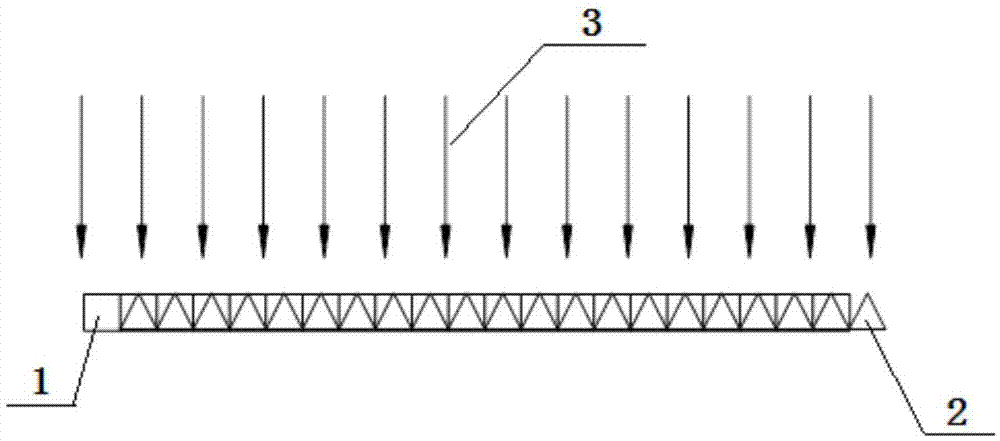Detecting method for detector matrix relative response relationship for radiation dosage spatial distribution measuring
A technology of spatial distribution and radiation dose, applied in radiation measurement, instruments, etc., can solve problems such as the influence of spatial dose distribution measurement results, uncertain response differences, etc., and achieve the effect of less steps and reliable evaluation data
- Summary
- Abstract
- Description
- Claims
- Application Information
AI Technical Summary
Problems solved by technology
Method used
Image
Examples
Embodiment 1
[0033]Methods The relative response relationship of the MatriXX Evolution detector matrix produced by German IBA company was evaluated in the Co-60 γ-ray radiation field, and the measurement data were re-corrected with the evaluation results. The detector measures point by point. The result is as Figure 4 shown.
[0034] Depend on Figure 4 It can be seen that there is a maximum ± 5% difference between the measurement results without data correction obtained by the evaluation method and the point-by-point measurement results using a separate detector, while the measurement results after the evaluation and correction of the present invention and the point-by-point measurement results using a separate detector The result difference of the point measurement is less than 1%, which proves that the method is reliable and can effectively solve the influence of the response difference between the detection elements in the detector on the measurement result of the spatial dose distr...
PUM
 Login to View More
Login to View More Abstract
Description
Claims
Application Information
 Login to View More
Login to View More - R&D
- Intellectual Property
- Life Sciences
- Materials
- Tech Scout
- Unparalleled Data Quality
- Higher Quality Content
- 60% Fewer Hallucinations
Browse by: Latest US Patents, China's latest patents, Technical Efficacy Thesaurus, Application Domain, Technology Topic, Popular Technical Reports.
© 2025 PatSnap. All rights reserved.Legal|Privacy policy|Modern Slavery Act Transparency Statement|Sitemap|About US| Contact US: help@patsnap.com



